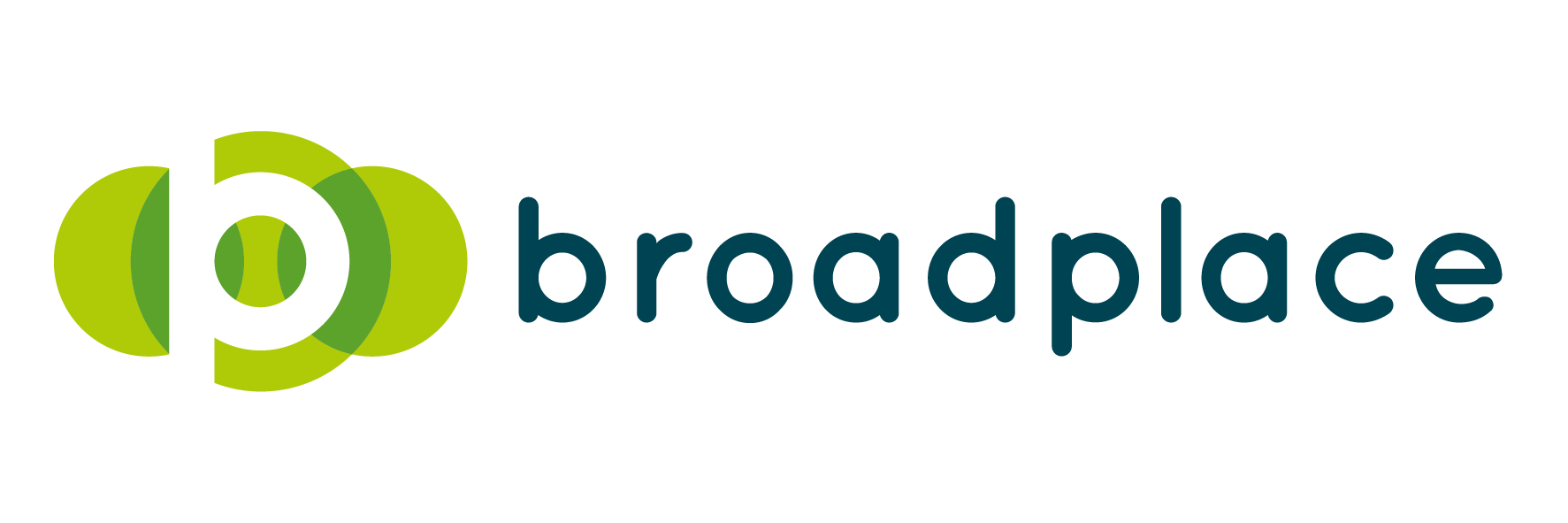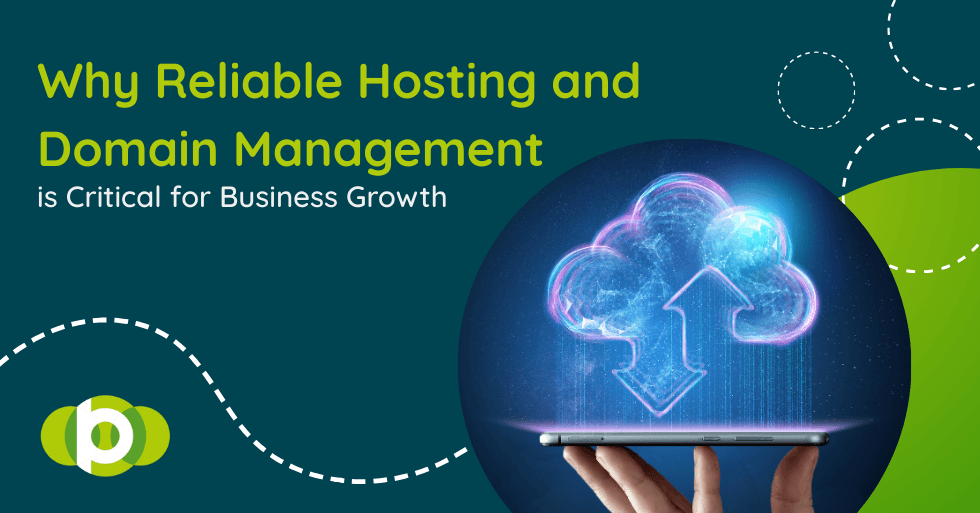Here’s something I’ve learned after years in this business: the flashiest campaign in the world won’t save you if your website crashes when it matters most. I’ve watched brilliant brands stumble because they treated their hosting like an afterthought – right up until their big launch day turned into a nightmare of 404 errors and frustrated customers.
Your website isn’t just where people find you anymore. It’s where they form their first impression, make buying decisions, and decide whether they trust you enough to hand over their credit card details. Get the foundation wrong, and everything else becomes an uphill battle.
Domain management: You Digital Address Book
Think of your domain as your business address in the digital world. Just like you wouldn’t put your flagship store on a street that floods every winter, you shouldn’t trust your domain to infrastructure that can’t handle the unexpected.
When we work with clients, we typically recommend Cloudflare for domain management. Not because it’s trendy, but because it simply works. Global DNS that actually propagates quickly, protections against the kind of attacks that can take you offline for days, and the peace of mind that comes with high-level security without headaches.
The difference between good and mediocre domain management often shows up in the details–how quickly your site loads in different countries, whether it stays accessible during traffic spikes, and if it can shrug off the various digital nastiness that’s constantly probing for weaknesses.
Cloud Hosting That Actually Scales
I’ve seen too many businesses outgrow their hosting at exactly the wrong moment. Black Friday traffic surge? Server crash. Product launch goes viral? Site down. New market expansion? Performance crawls to a halt.
This is where AWS comes into its own. Not because it’s the biggest name in cloud hosting, but because it’s built for businesses that don’t want their growth constrained by their infrastructure. Auto-scaling means your site automatically adjusts to handle whatever gets thrown at it. Load balancing ensures that even if one server decides to have a bad day, your visitors never know about it.
The real beauty is in the redundancy—multiple data centers, automatic failover, and the kind of infrastructure resilience that lets you sleep soundly even during your biggest campaigns.
Speed Equals Money (Really)
Here’s a number that should make every business owner pay attention: a one-second delay in page load time can reduce conversions by 7%. When you’re talking about real revenue, that’s not just a technical nicety—it’s a business imperative.
Smart content delivery isn’t rocket science, but it does require thinking beyond just “making the site faster.” It’s about intelligent caching that knows what content your visitors are most likely to need, routing decisions that happen in real-time based on where someone is browsing from, and delivery strategies that adapt to whether someone’s on their phone during lunch or their laptop in the office.
The payoff shows up in metrics that actually matter to your bottom line: lower bounce rates, higher engagement, better search rankings, and ultimately, more conversions.
Security That Works in the Background
Cybersecurity threats aren’t just getting more sophisticated—they’re becoming more automated. The attacks hitting your site today aren’t necessarily targeting you specifically; you’re just another domain in a bot’s list of potential victims.
Effective security layers multiple defenses: a web application firewall that blocks malicious requests before they reach your server, DDoS protection that can handle everything from small-scale attacks to massive coordinated assaults, SSL encryption that’s properly configured (not just installed), and threat detection that learns and adapts.
The goal isn’t to build an impenetrable fortress—it’s to make attacking your site more trouble than it’s worth, while keeping the experience seamless for legitimate visitors.
Uptime That Actually Means Something
When hosting providers promise 99.9% uptime, that might sound impressive until you realise it translates to over 8 hours of downtime per year. For an online business, that’s potentially thousands of lost sales and countless frustrated customers.
Real high availability goes beyond just keeping servers running. It’s about fault-tolerant architecture that assumes things will go wrong and plans accordingly, regional failover that activates faster than your customers can notice, and monitoring that catches problems before they become outages.
We target 99.99%+ uptime not because it looks good in proposals, but because anything less is money walking out the door.
Why This Approach Works
Our hosting and domain solutions focus on removing the complexity without removing the control. Better performance without the technical headaches. Stronger security without the constant worry. Scalability that grows with your ambitions rather than limiting them.
Whether you’re launching your first website or migrating from infrastructure that’s holding you back, the process should feel like an upgrade to your business capabilities, not just a technical migration.
Time to Upgrade Your Foundation?
Your website deserves infrastructure that amplifies your success instead of limiting it. If you’re ready to move beyond hoping your current hosting holds up during your next big moment, let’s have a conversation about what’s actually possible.
Book a consultation and we’ll show you exactly how the right hosting foundation can transform not just your site performance, but your business growth potential.

